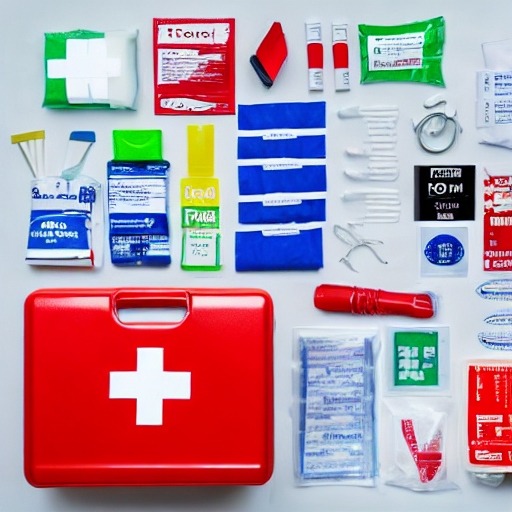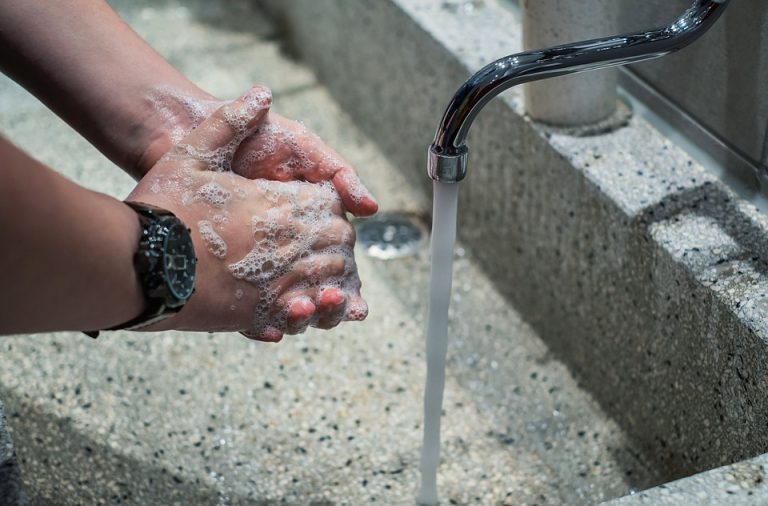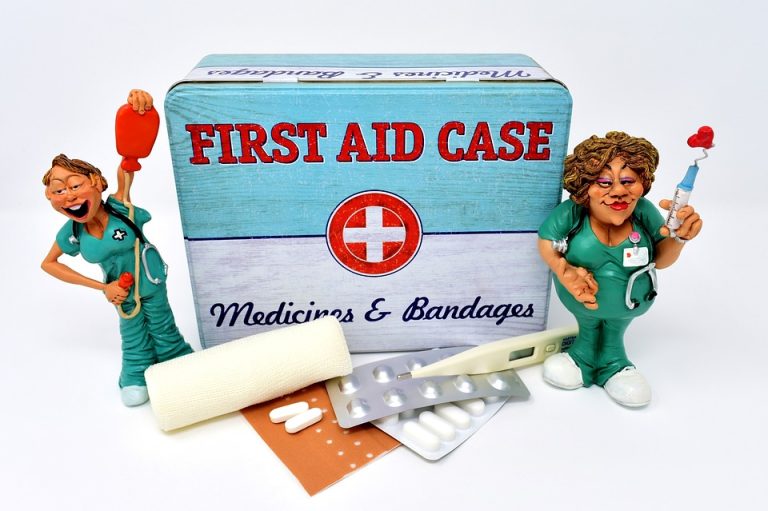In today’s unpredictable world, being prepared for emergencies is not just an option but a necessity. One crucial skill that can make a significant difference in times of crisis is first aid. Whether you’re at home, work, or out in the community, knowing how to administer first aid can save lives. In this article, we will guide you through the process of obtaining first aid training as a crucial component of your emergency preparedness plan.
Why is First Aid Training Essential?
First aid training equips you with the knowledge and skills needed to provide immediate assistance to someone who is injured or ill until professional help arrives. Here are some compelling reasons why first aid training is essential for emergency preparedness:

- Immediate Response: In an emergency, every second counts. Knowing what to do and how to do it correctly can prevent a situation from worsening.
- Increased Survival Rate: Quick and effective first aid can significantly increase the chances of survival for the injured person.
- Reduced Severity of Injuries: Properly administered first aid can minimize the severity of injuries, potentially preventing long-term damage.
- Community Resilience: When more people in a community are trained in first aid, the overall resilience of the community increases, making it better equipped to handle emergencies.
Step-by-Step Guide to Getting First Aid Training
- Identify Your Training Needs:
- Determine your level of interest and commitment to first aid training. Are you looking for basic training or more advanced courses?
- Find a Certified Training Provider:
- Look for reputable organizations that offer first aid training. Some well-known providers include the American Red Cross, St. John Ambulance, and the National Safety Council.
- Choose the Right Course:
- First aid courses vary in duration and complexity. Choose a course that aligns with your goals and availability. Common courses include:
- Basic First Aid
- CPR (Cardiopulmonary Resuscitation)
- AED (Automated External Defibrillator) Training
- Wilderness First Aid
- Pediatric First Aid
- First aid courses vary in duration and complexity. Choose a course that aligns with your goals and availability. Common courses include:
- Check Certification Requirements:
- Depending on your location and intended use of the training (e.g., workplace, personal knowledge), there may be specific certification requirements. Ensure that the course you choose fulfills these requirements.
- Register for the Course:
- Enroll in the chosen course. Many organizations offer online registration and payment options for your convenience.
- Attend the Training:
- Show up for the training sessions with an open mind and a willingness to learn. Active participation is key to mastering first aid skills.
- Practice and Review:
- First aid skills are perishable. Regularly review and practice what you’ve learned to ensure you retain your proficiency.
- Obtain Certification:
- Successfully complete the course and pass any required exams to receive your first aid certification. Make sure to keep your certification current by attending refresher courses as necessary.
Additional Tips for Effective First Aid Training
- Learn How to Use First Aid Kits: Familiarize yourself with the contents of a standard first aid kit and how to use each item.
- Stay Informed: Stay updated on the latest first aid techniques and guidelines, as they may evolve over time.
- Practice Scenario-Based Training: Simulate real-life emergency situations during your training to enhance your problem-solving skills.
- Encourage Others to Get Trained: Encourage friends, family, and coworkers to also get trained in first aid, as it can be a collective effort in emergency preparedness.
First aid training is an essential component of emergency preparedness that empowers individuals to respond effectively in critical situations. By following the steps outlined in this guide and committing to ongoing practice and education, you can become a valuable asset in your community, ensuring the safety and well-being of those around you during times of crisis. Remember, in emergencies, every second counts, and your knowledge and skills can make a world of difference. Get started on your first aid training journey today!



